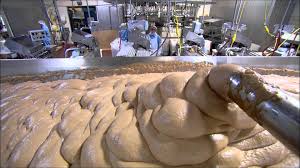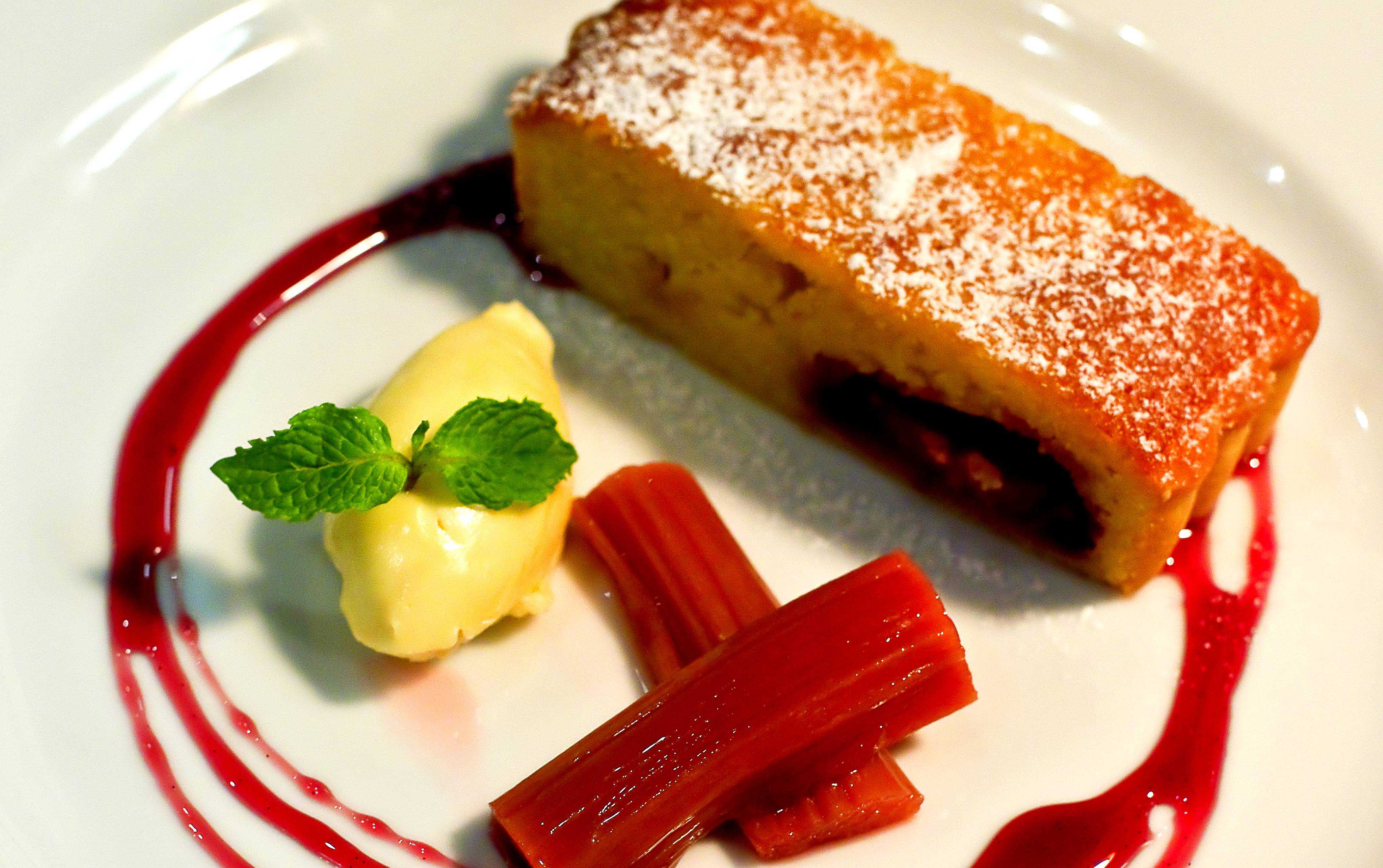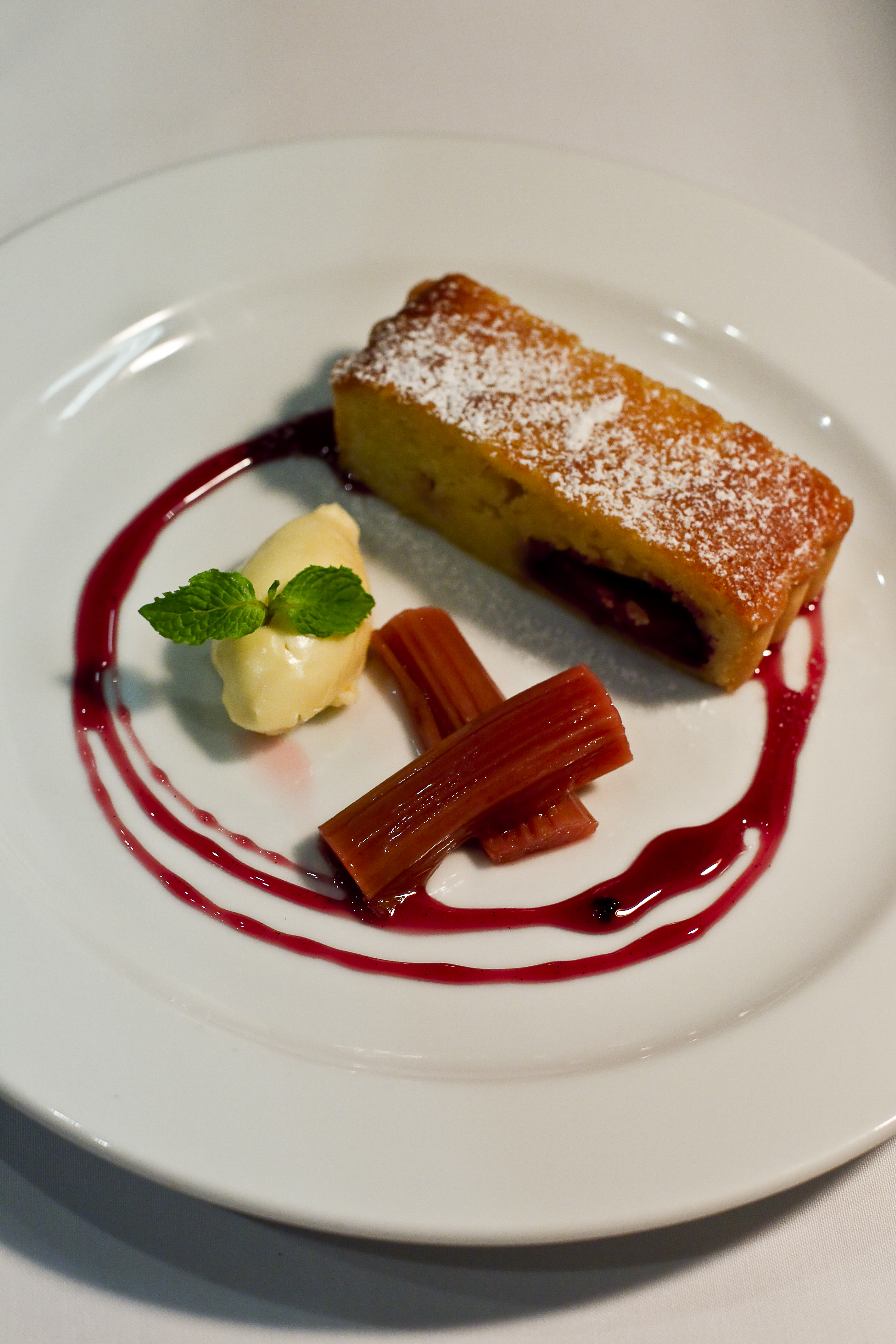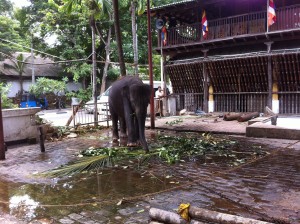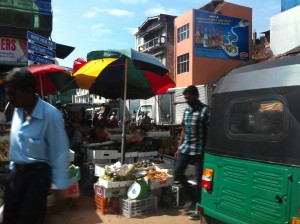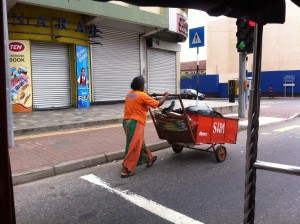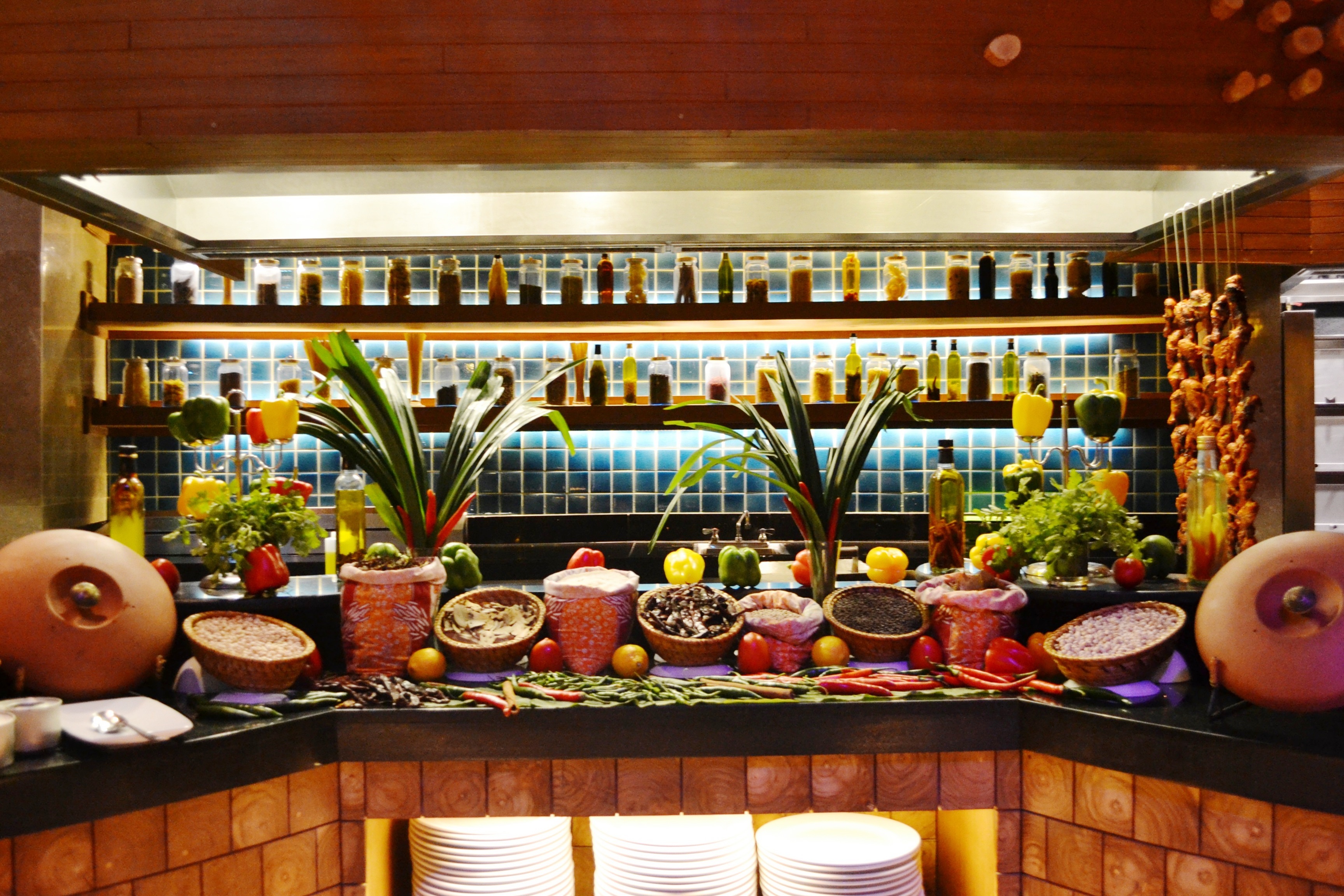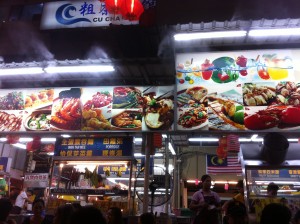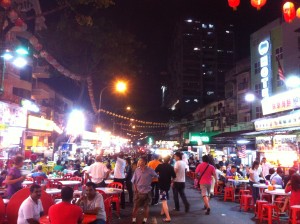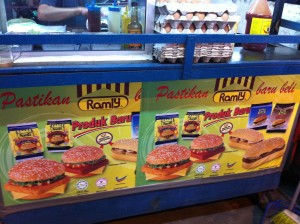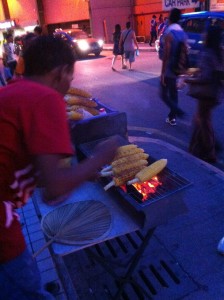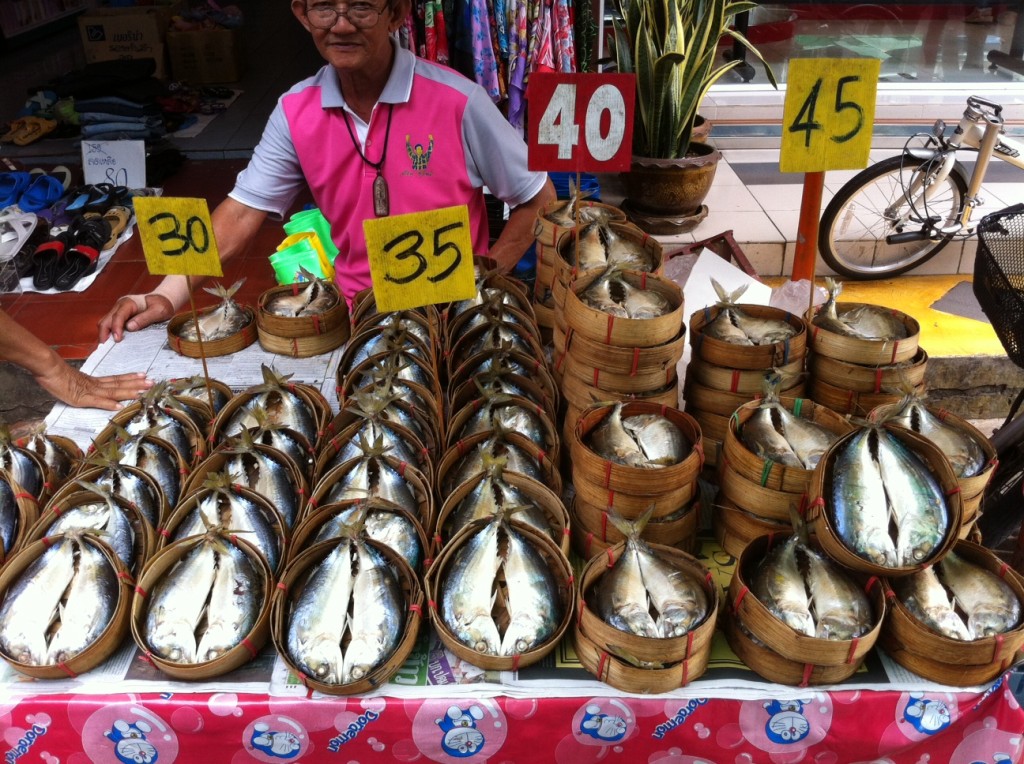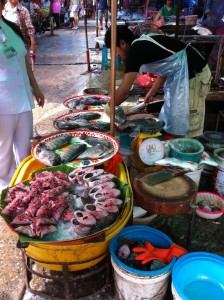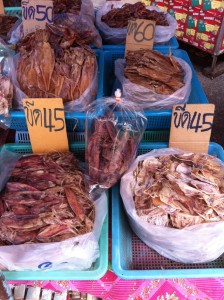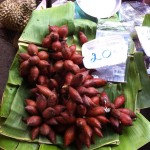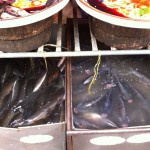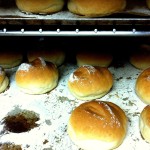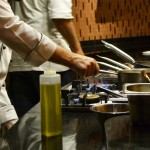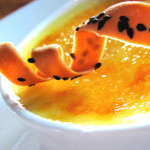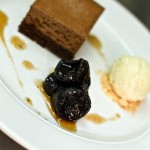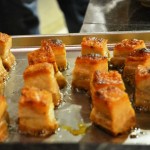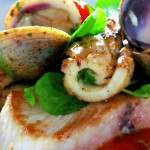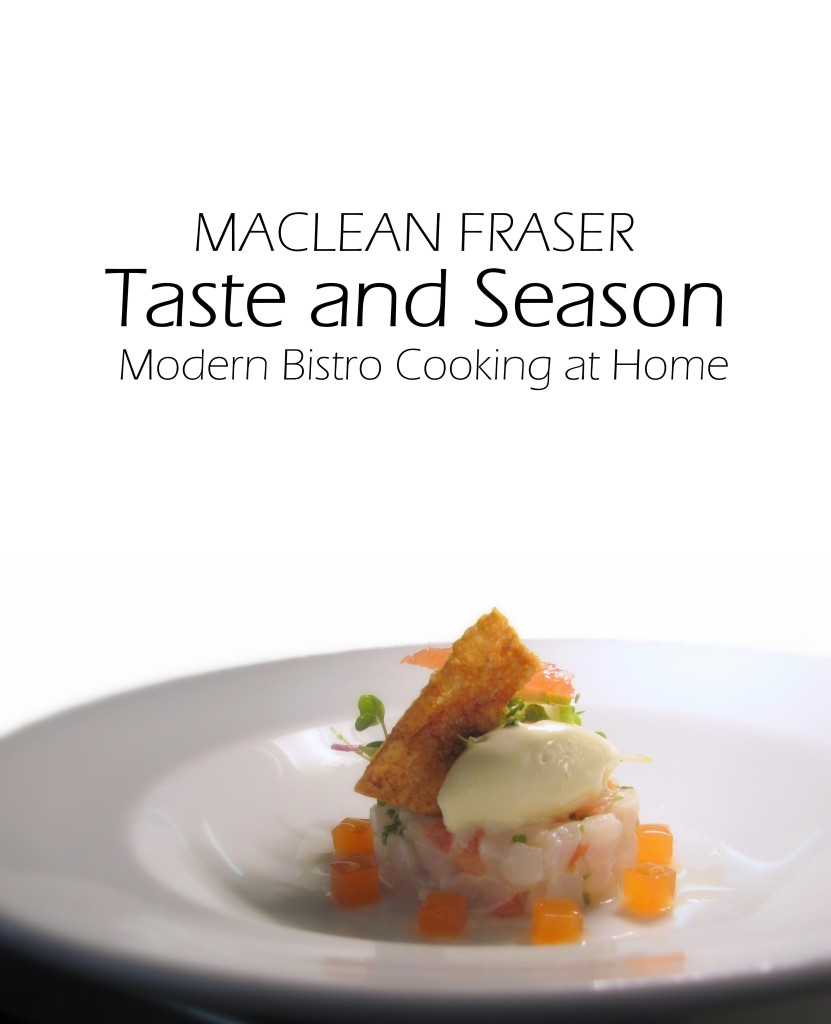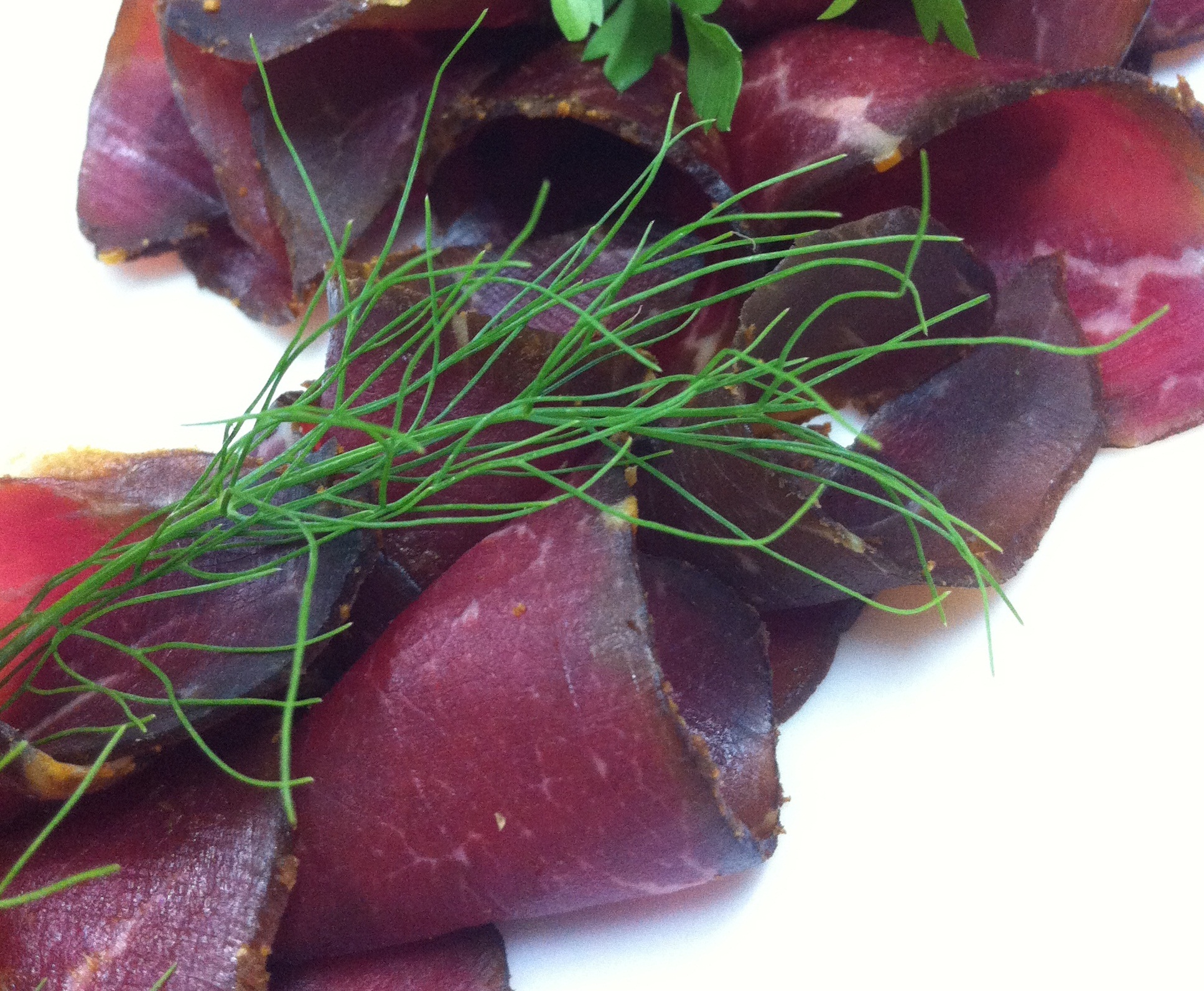 Curing your own meat can be very rewarding. It might sound difficult or time-consuming but it isn’t really. There is about an hour of actual work involved maximum and the rest is just sitting back, relaxing and waiting. This recipe uses beef but there’s no reason why you couldn’t use any other red meat such as venison. Curing meat in ways such as this was used as a type of preservation before refrigerators but we still do now because it’s so damn tasty. Once ready make sure you slice as thinly as you can and can enjoy in lots of different ways such as in a sandwich or part of a meat or antipasto platter.
Curing your own meat can be very rewarding. It might sound difficult or time-consuming but it isn’t really. There is about an hour of actual work involved maximum and the rest is just sitting back, relaxing and waiting. This recipe uses beef but there’s no reason why you couldn’t use any other red meat such as venison. Curing meat in ways such as this was used as a type of preservation before refrigerators but we still do now because it’s so damn tasty. Once ready make sure you slice as thinly as you can and can enjoy in lots of different ways such as in a sandwich or part of a meat or antipasto platter.


- 2kg Beef Striploin (or other lean meat)
- 75g Sea Salt
- 75g Sugar
- 100g Garlic (peeled)
- 50g Fenugreek powder
- 50g Paprika (smoked variety preferably)
- Remove all fat and silver skin/sinew from the beef and in two legnth-wise to about the same size as a big salami. Mix together the sugar and the salt and pour over the beef. Place in the fridge covered with cling film for three days, turning the beef each day to ensure that it is evenly cured. After three days wash off the salt and sugar mix from the beef with cold water and pat dry with a paper towel. Place the beef in an appropriate dish and place another dish on top. Place on top as much weight you can in the form of maybe full cans, jars, bottles etc, it doesn't matter what it is so long as there is a decent amount of weight pressing down on the beef. Return to the fridge and leave for three days. Check every now and again and if any liquid has come out of the beef then discard the liquid and return the beef back to the fridge.
- Take the garlic, fenugreek and paprika and blend in a food processor to a paste. Coat the beef in the paste making sure the beef is 100% covered with a layer about 3mm thick. Hang the beef with some string in a cool, dry place out of the sun for about 10 days. Once ready you can slice the beef and enjoy however you like. The outer coating is edible or you can discard if you like. Keep wrapped with cling film in the fridge or freeze.


